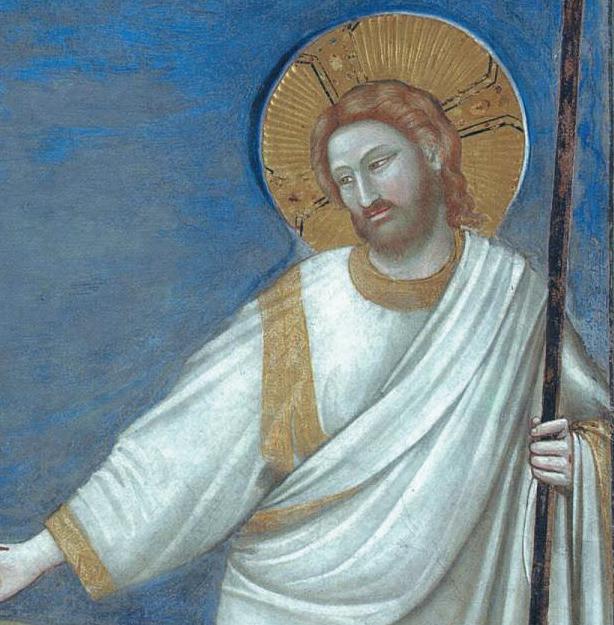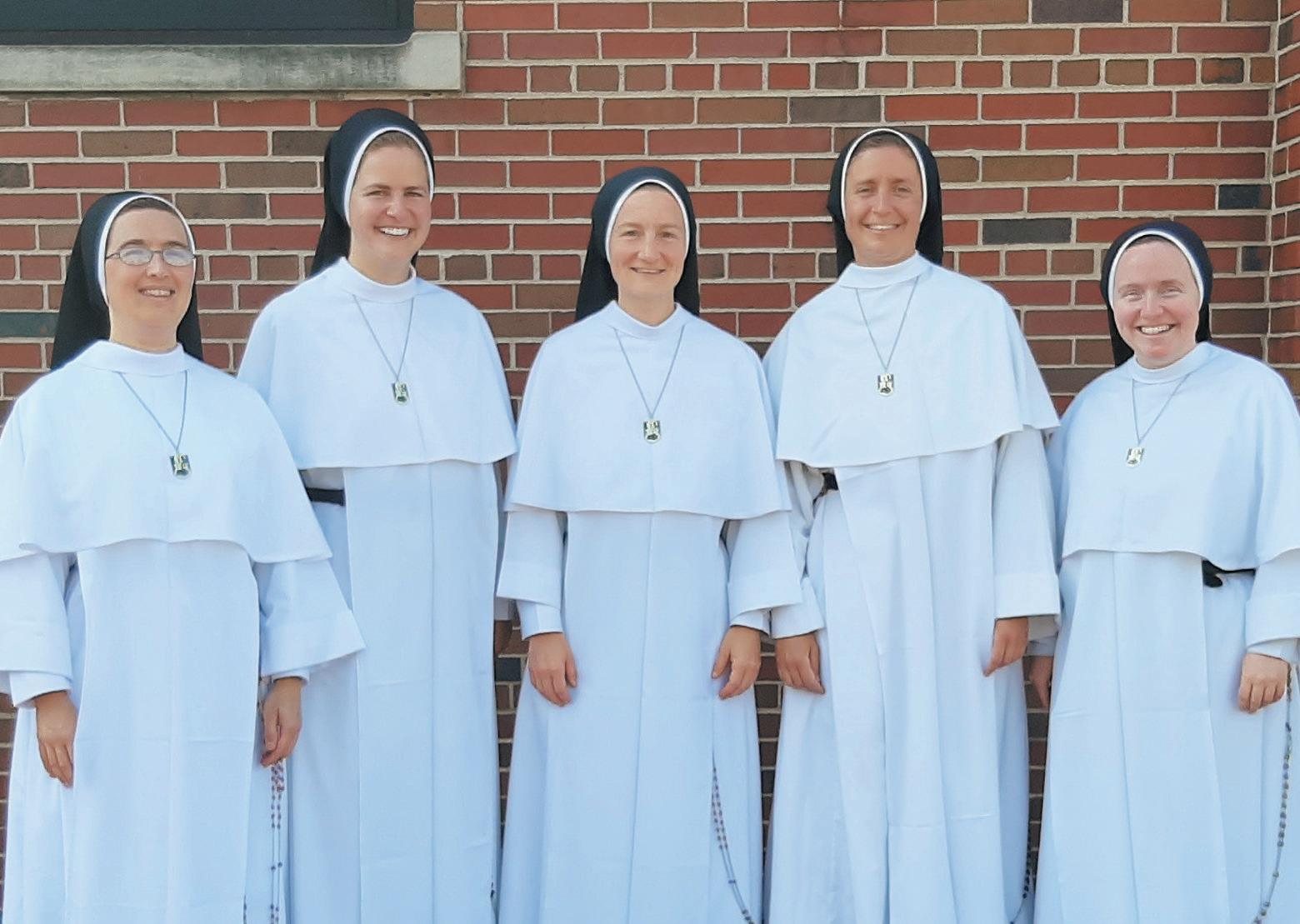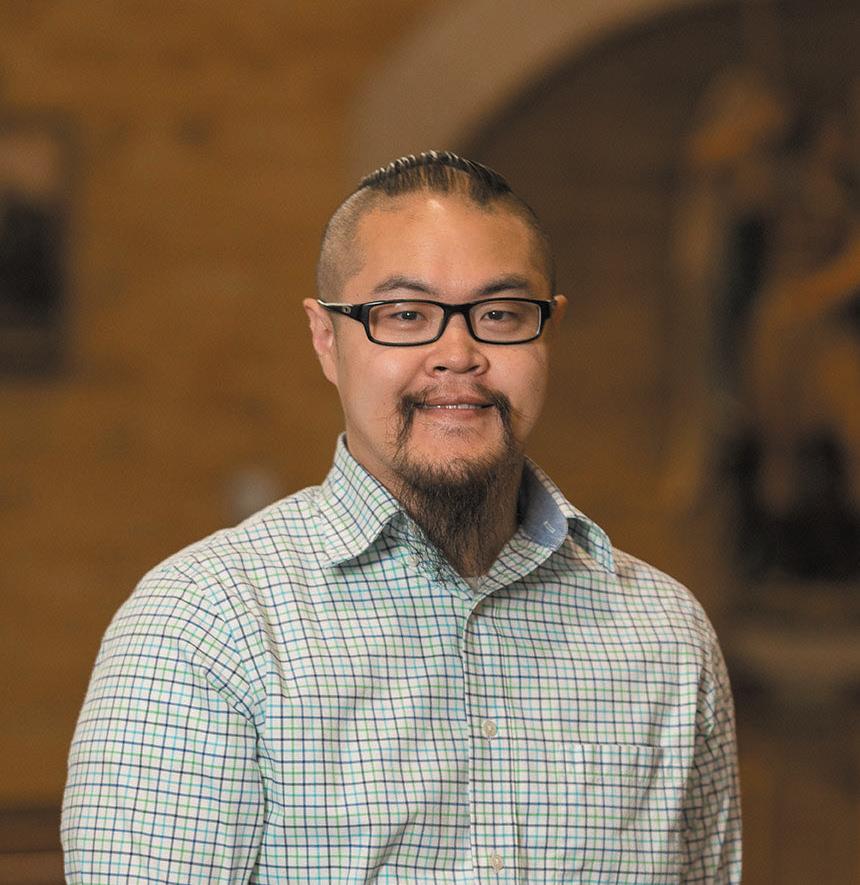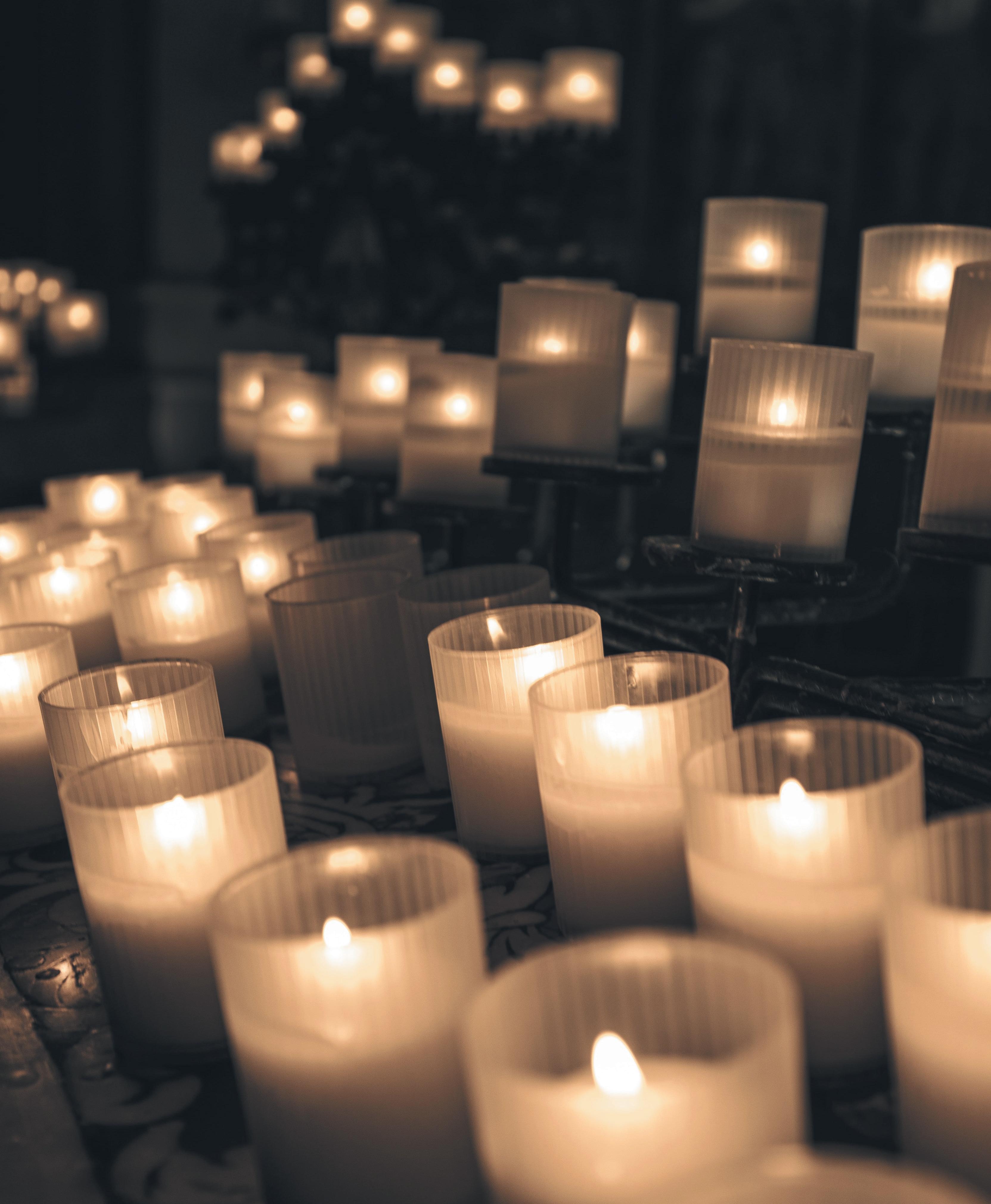
2 minute read
CALLED BY NAME
MARY GATES
She knows it’s Him when He speaks her name. The long awaited One, the victorious One, the resurrected One - He says her name. How many times had He said it before? In travels and teaching and friendship, He’d surely called her by name. She heard her name, spoken by the one who made her, loved her, called her. She had found forgiveness and healing and wholeness in Him - the One who knew her name. In Him she had found the font of love and mercy. Here again at the empty tomb, here amidst weeping and loss, He speaks her name once more, and she knows it is Him.
Advertisement
Have I gone to the tomb, looking and seeking? Have I sought the One who makes me whole? Do I dare to believe that He knows my name? Have I looked up from my weeping and confusion, seen His face, heard Him inviting me to repent, to follow, to trust? Do I go again and again to the One who is love and mercy? Do I drink from the fountain of everlasting life? Do I listen as He speaks my name? Noli me tangere, touch me not, the risen One says. For He is going to the Father. The God-man: born, suffered, crucified and risen, returning to the Father who sent Him. Victorious and resurrected, not void - the slain and spotless lamb goes to make a way for her. And a way for us.
I have seen the Lord, she tells the others. The tomb is empty, but we need not weep. Death could not hold Him - He has risen as He said He would. I have seen the Lord, who calls us by name. The One who loves us is going to the Father to make a way.
May we, with Mary Magdalene, announce the good news of knowing Jesus and being known by Him. May we profess daily the truth of the risen Christ. May we, with our words and our lives, proclaim the joy of the empty tomb: I have seen the Lord. He is risen, He is risen indeed.


ABOUT "NOLI ME TANGERE"
This work of the Italian artist Giotto di Bondone depicts the meeting of Mary Magdalene and Jesus after His resurrection. It is one of a series of frescoes which adorn the Scrovegni Chapel in Padua. Giotto completed the frescoes at the beginning of the 14th century. They cover the lives of Joachim and Anne, the life of our Blessed Mother, Christ's life and death, and more. Giotto is known for his natural style which broke with the then prevalent Byzantine tradition, laying the groundwork for many of the most famous painters of Western Christianity.










